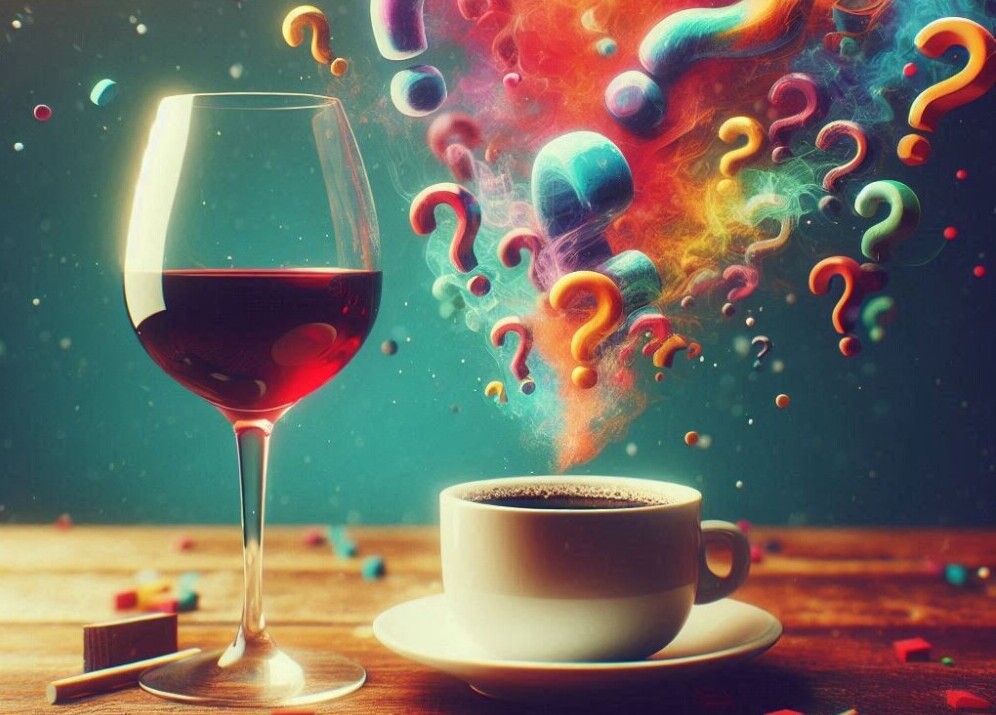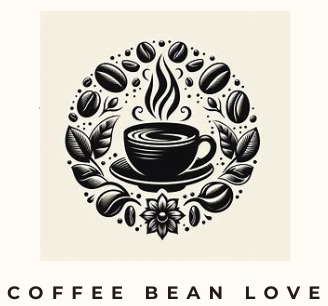Coffee and wine, it’s like introducing two legendary artists at a dinner party. Pretty intriguing, right? Often, when you blend something as invigorating as coffee with something as refined as wine, the result is downright fascinating. You’re probably wondering if there’s an official term for this combo. Turns out, there isn’t a specific term commonly used; it’s more about creativity and experience.
Around the world, coffee and wine are more than just beverages– they’re an experience rich with aromas, flavors, and stories that transcend cultures. Lately, the fascination with pairing them has been “brewing” and catching the attention of enthusiasts eager to explore new tasting experiences.
Culturally, both coffee and wine have deep roots that stretch back centuries. Coffee’s origins in Ethiopia and Yemen and wine’s ancient tales of grapes fermenting in European vineyards make them culinary titans. The idea of bringing these two worlds together is not exactly new, but it’s a thrilling modern twist reminding us that some traditions are worth reimagining.
The history behind this fusion tells a tale of flavor experimentation and shared enjoyment. Whether it’s an espresso martini that hits the sweet spot of dessert and drink, or a simple home-brewed coffee sipped alongside a favorite red, combining coffee and wine holds a unique charm. It’s not just about perk or pleasure; it’s the art of discovering harmony and balance between two of humanity’s most cherished drinks.
Why and How Coffee Pairs with Wine

Ever noticed how some flavors just get along? Coffee and wine fall into that camp thanks to their rich profiles and aromatic complexity. When paired properly, they can create an elevated sensory experience.
Different coffee beans, like say a Colombian roast, bring a nutty sweetness that complements a rich, fruity wine. Imagine the bright notes of a Pinot Noir mingling with a bright Ethiopian coffee. That’s a delightful conversation of flavors.
There’s more science than magic involved here. The acids, tannins, and sugars in wine and the oils and acids in coffee can blend (or clash) in surprising ways. Get those elements right and you’ve got a perfect combo. It’s about balance, like matching dark roasts with bold reds.
The first step is all about trying out the flavor profiles that tickle your taste buds. Start by tasting the coffee and wine separately, noting their characteristics, then invite them to mingle. Finding that perfect combo is like unlocking a secret menu of flavors.
Exploring coffee-wine pairings can actually be beneficial in expanding your palate and refining your tasting skills. Besides the flavor fun, it’s a great way to appreciate the workmanship behind both coffee roasting and wine-making. Every sip becomes a reminder of this artistry.
Avoiding Common Pairing Pitfalls
Pairing coffee with wine isn’t just a swanky experiment—it can slip into calamity without the right know-how. Some combos out there? They’ll have you question your life choices.
Avoid putting heavy tannic wines with dark, bitter coffee. It’s a headstrong clash that’s more a struggle than a symphony. Like putting two stubborn mules in a small pen—nothing ends well.
When choosing, think lighter coffees with vibrant, fruity wines. If you’re reaching for a bold, espresso roast, it won’t play nice with equally bold wines like Cabernet. Go for something softer, like a Merlot or a Vallejo.
What’s the rookie mistake to dodge? Treating it like a traditional meal pairing. Unlike food, coffee’s roast levels and wine’s aging add another layer of complexity. Embrace the unexpected, but steer clear of playing matchmaker between extreme flavors.
For coffee newbies, start simple. Grab a light roast and couple it with a crisp Chardonnay. Less risky and a perfect intro duo. As your confidence blooms, dance into more adventurous pairings.
Misconceptions lurk! Some think richer is always better—but heavy doesn’t always mesh with heavy. Sometimes, opposites don’t attract. It’s about finding which ones do and running with it.
What’s the best advice for new admirers? Give every trial a fair chance but note when it’s a bust. Each mishit brings you closer to finding that harmonious blend. It’s like building a mental library of yes’s and no’s.
Crafting the Ideal Coffee and Wine Duo
Creating the dream team of coffee and wine takes a bit of finesse, but it’s a tasty adventure. Start with understanding their flavor profiles. Think of coffee’s acidity, roast level, sweetness, and compare it to wine’s tannins, acidity, and fruitiness.
To find that perfect pair, it’s all about balance. If you’re working with a vanilla-rich latte, pair it with a wine that echoes those creamy, smooth notes, like a buttery Chardonnay. For those who love their espresso shots, consider pairing with a rich, robust red—something like a Malbec could do the trick.
Serving is key too. Serve both fresh to get the best of their flavors. Use good coffee beans and a bottle of wine you actually enjoy. Presentation adds to the allure; think elegant glassware for the wine and earthy tones for the coffee setup.
Amp up your experience by considering the mood or occasion. A sunny brunch? Reach for a citrusy Ethiopian coffee with a zest-filled white wine. Late evening unwind? How about a bold roast with a classic Bordeaux?
There’s magic in getting the pairing just right for special moments. Like that runaway hit of a celebration dinner, where the espresso martini rounds off a meal that started with a zesty Sauvignon Blanc.
The perks of pairing these two marvels extend beyond flavor. It’s a journey in taste, recognizing the craftsmanship therein. Sip these creations and embrace an enriched culinary experience. You’re not just drinking, you’re savoring stories woven through both drinks.
